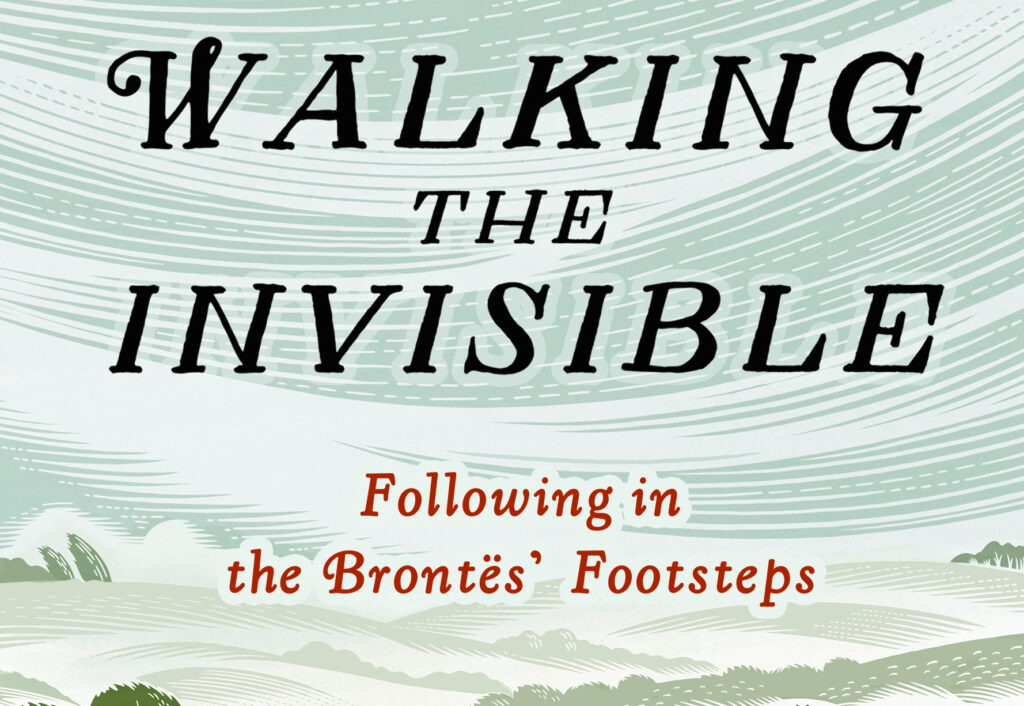Walking The Invisible by Michael Stewart (2021)
The new book by Michael Stewart, true son of Yorkshire already acclaimed as the author of Ill Will, is a very enjoyable and original reading. In the twelve chapters of Walking the Invisible (HarperCollins 2021), whose title mirrors that of Sally Wainwright’s 2016 “biopic” To Walk Invisible, the author aims to connect the life and work of the members of the Brontё family to their places
and, as an indefatigable walker he is, he invites us to walk them all with him going around Yorkshire and Cumbria to wonder what Charlotte, Emily, Branwell and Anne would have done or thought in those very same places. As the chapters follow one another, the reader then finds himself walking with Michael Stewart and his dog between real country paths and paths of the
mind, often back in time, becoming aware of glimpses of his personal experiences relating to the Brontё family
The most important aspect of the narrative is the continuous oscillation from the present to the past and vice versa, always supported by pleasant anecdotes of real life intended to lighten the tour in progress and make it easier to read. There are also exchanges of views by the author with some Brontё scholars as well as scraps of nineteenth-century English social and political history.
Creator of the Brontё Stones project for the bicentenaries of the birth of the Brontёs, Michael Stewart speaks extensively of this initiative (chap. 2), then shifting his attention to Emily’s moor (chapters 3 and 4), following in the steps of Branwell (chapters 6,7 and 8), visiting Anne’s Scarborough, today unfortunately very disappointing compared to the one she loved (chap. 11),
goes to the places immortalized by Charlotte in Jane Eyre and Shirley (chapters 10 and 12) and also to those who saw a young Patrick struggling with the Luddite rebellions of the early nineteenth century (chap. 12) . Perhaps it is a bit excessive to dedicate three whole chapters to the places travelled by Branwell sacrificing others that eventually inspired Charlotte’s prose (Wycoller, and Gawthorpe Hall or Plymouth Grove, places where she surely found inspiration for future novels) and perhaps the inclusion of some images of the places or of the author himself on the way would have contributed to give greater consistency to his first-hand testimonies.
In the final pages there are also four commented maps, each referring to a member of the Brontё family. They are real paths to follow even on their own for those who want to try their hand in the future in the footsteps of this Yorkshire pioneer.
Maddalena De Leo
If you’ve loved To Walk Invisible don’t miss “Thank God I’m Not You!”- Emily and Branwell’s relationship in To Walk Invisible.





